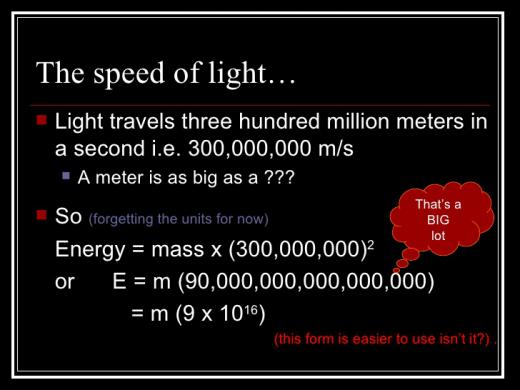- Funny0
- Sad0
- Informative0
- Interesting0
- Delicious0
- Boss0
- Cool0
- Dumb0
- Funny0
- Sad0
- Informative0
- Interesting0
- Delicious0
- Boss0
- Cool0
- Dumb0
- Funny0
- Sad0
- Informative0
- Interesting0
- Delicious0
- Boss0
- Cool0
- Dumb0
While the variation of Earth’s distance from the Sun isn’t very large, our planet receives more solar energy when it is closest to the Sun during Southern Hemisphere's summer. However, because there are relatively few landmasses south of the equator and oceans take more time to heat up, the temperature difference between the northern and southern summers is very small.
- Funny0
- Sad0
- Informative0
- Interesting0
- Delicious0
- Boss0
- Cool0
- Dumb0
It is a common misconception that seasons occur because of Earth's elliptical orbit around the Sun, with winter occurring when Earth is farthest away from the Sun, and summer when it is closest to it.
However, our planet's distance from the Sun has little effect on the onset of seasons. In fact, Earth is closest to the Sun, or at its Perihelion, around the Northern Hemisphere's winter solstice, while it is farthest away from the Sun, or at its Aphelion, around the north's summer solstice
- Funny0
- Sad0
- Informative0
- Interesting0
- Delicious0
- Boss0
- Cool0
- Dumb0
Earth's path around the Sun is not circular, nor is the Sun situated at the center of this path. Instead, Earth's orbit is elliptical, with the Sun closer to one end of the orbital path than the other. This means that Earth’s distance from the Sun varies throughout the year.
- Funny0
- Sad0
- Informative0
- Interesting0
- Delicious0
- Boss0
- Cool0
- Dumb0
fun-with-emc2-8-728.jpg
- Funny0
- Sad0
- Informative0
- Interesting0
- Delicious0
- Boss0
- Cool0
- Dumb0
- Funny0
- Sad0
- Informative0
- Interesting0
- Delicious0
- Boss0
- Cool0
- Dumb0





